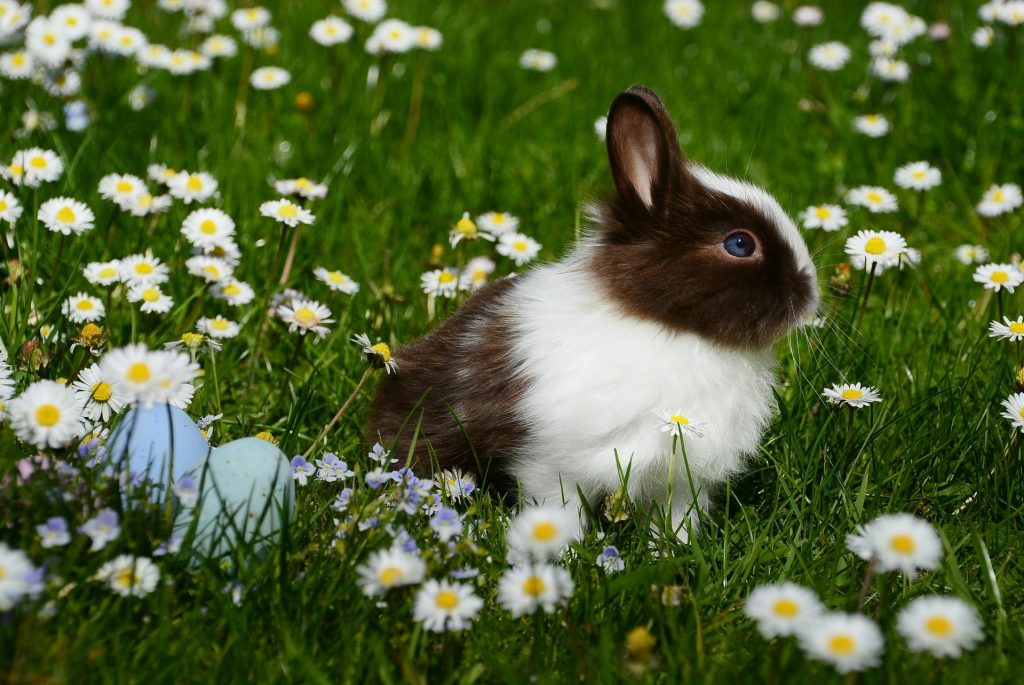How to Protect Your Landscape from Montana Wildlife
Living in Montana means enjoying stunning natural beauty and abundant wildlife—but it also means your landscape may become an unexpected buffet for deer, rabbits, gophers, voles, or even bears. While these animals are part of what makes Montana special, they can wreak havoc on your lawn, garden beds, trees, and shrubs. At Horizon Landscape & Irrigation, we help homeowners design landscapes that balance beauty with resilience—keeping wildlife at bay without sacrificing the health or appeal of your outdoor spaces.
Common Wildlife Threats in Montana Landscapes
The most frequent culprits vary by region, but in Billings, Laurel, and surrounding areas, you’ll likely encounter:
Deer: Known to browse on flowers, shrubs, and young trees, especially during winter and early spring when food is scarce.
Rabbits: These critters chew low on woody plants and love tender garden vegetables.
Gophers and Voles: Both burrow underground, causing root damage, unsightly mounds, and dead patches in lawns.
Birds and Rodents: These smaller pests can target fruits, seeds, or tree bark.
Bears: Rare but possible in some foothill or wooded areas, bears are attracted to fruit trees, compost, and unsecured garbage.
Smart Strategies for Wildlife-Proof Landscaping
1. Choose Wildlife-Resistant Plants
While no plant is completely deer-proof, many are less appealing to hungry wildlife. Use ornamental grasses, lavender, Russian sage, barberry, yarrow, and other aromatic or prickly varieties to discourage nibbling. We often recommend native plants, which are more adaptable and less likely to be targeted once established.
2. Protect Young Trees and Shrubs
Install tree guards or wraps around the base of young saplings to protect them from deer rub and rodent chewing. Use wire mesh or hardware cloth around plant bases in winter when foraging is most aggressive.
3. Use Fencing Wisely
A well-placed fence can be your strongest line of defense. For deer, fences should be at least 6 to 8 feet high. For burrowing animals, consider burying hardware cloth a few inches below the soil surface. Decorative fencing around garden beds or low-voltage electric wire can also deter persistent visitors.
4. Try Natural Deterrents
Scent-based repellents—either commercial sprays or homemade mixes with garlic, chili, or vinegar—can discourage browsing. Motion-activated lights or sprinklers may startle deer or larger animals, although these are less effective for smaller pests like voles or rabbits.
5. Maintain a Clean Yard
Remove fallen fruit, prune lower tree limbs, and keep compost bins tightly sealed. Overgrown areas or tall grass can provide cover for rodents or become nesting sites, so routine trimming goes a long way toward discouraging uninvited guests.
When to Call in the Experts
Persistent animal issues often mean it’s time to redesign parts of your landscape to better resist damage. At Horizon Landscape & Irrigation, we help you choose the right combination of hardscaping, plant materials, and protection techniques tailored to your property and the local wildlife population. Whether you’re battling deer in your flower beds or gophers under your lawn, we can build a more secure and sustainable yard.
Enjoy the Outdoors—Without Losing It to Wildlife
Montana’s wildlife is incredible to witness, but not when it’s destroying your outdoor investments. With proper planning and proactive strategies, you can have a beautiful yard that respects nature and defends against it.
Ready to defend your landscape? Visit https://horizonlandscapemt.com to schedule a wildlife-resistant landscaping consultation today.
Read Next: Landscaping for Slope and Elevation in Montana Yards




